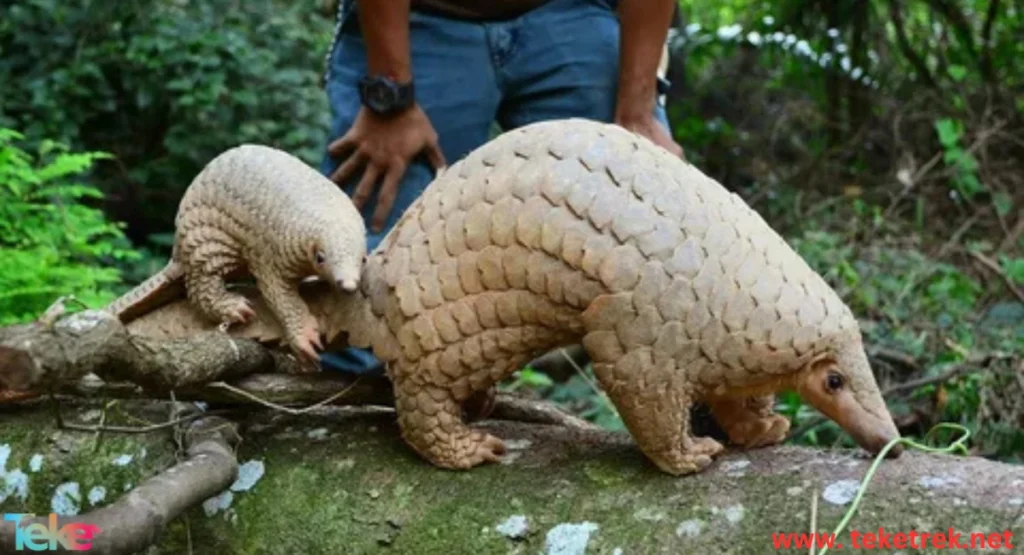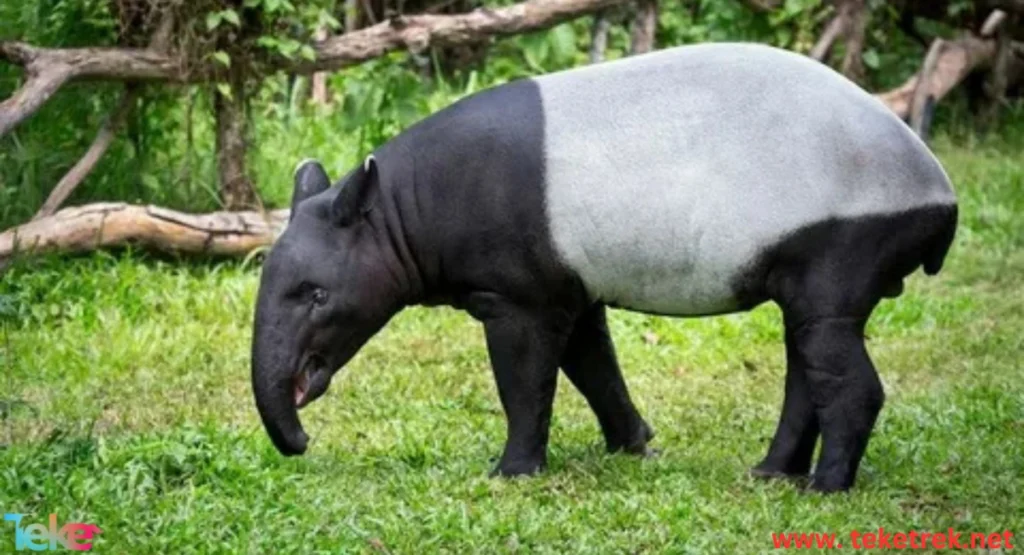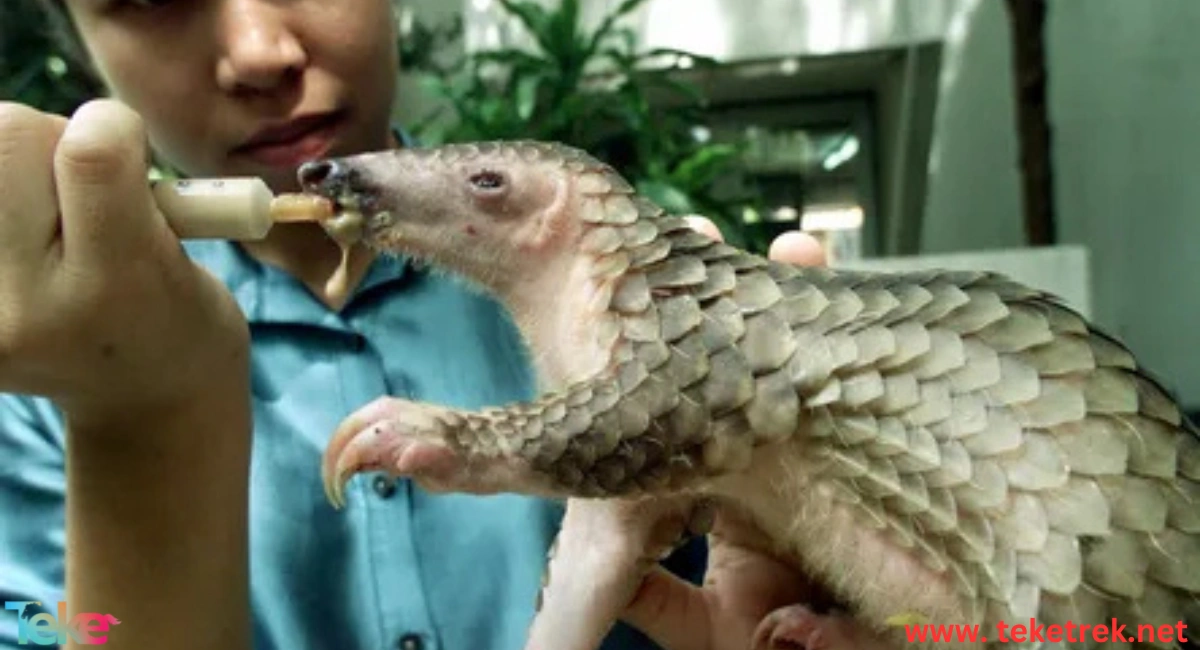Human activities have led to various environmental problems, with animals being the first to pay the price for these behaviors. Overhunting, forest destruction, tree cutting, and animal displacement due to urban expansion have made it difficult for some species to adapt, putting them at risk of extinction. To address this, strict laws and regulations have been established to protect rare and endangered animals. Many organizations and initiatives are now working to preserve them and encourage everyone to follow these protective measures. Here’s an overview from teketrek، of the efforts dedicated to protecting rare animals.
Government Efforts in Protecting Rare Animals
Government institutions play a significant role in regulating and enforcing laws to prevent harmful actions that harm the environment. Among the most important actions are:
- Environmental Laws and Regulations: The implementation of strict laws and penalties discourages people from engaging in harmful practices like poaching and deforestation. Many individuals now comply with these laws to avoid penalties, which has led to the reduction of these damaging habits.
- Establishment of Nature Reserves and National Parks: Nature reserves are a great solution for protecting rare animals, providing a safe environment where they are well-fed and cared for. Medical teams work on breeding solutions to ensure the survival of these species. National parks also play a vital role in wildlife preservation.
- Rehabilitation and Rescue Programs: Governments have introduced programs to relocate endangered animals back to their natural habitats after displacement, which helps ensure their survival and adaptation.

Role of Global Organizations in Protecting Rare Animals
Protection efforts are not limited to governments alone. Several international organizations contribute significantly to the protection of endangered species:
- International Union for Conservation of Nature (IUCN): IUCN plays a major role by providing information on endangered species and creating action plans to maintain biodiversity. They maintain the “Red List” of threatened species, which helps protect many animals from extinction.
- World Wide Fund for Nature (WWF): The WWF works to conserve nature, focusing on rare animals and biodiversity. They advocate for the use of modern technologies to monitor biodiversity and combat poaching in protected areas.
- CITES: The Convention on International Trade in Endangered Species (CITES) ensures that international trade does not threaten the survival of wildlife. It has helped protect over 38,700 species from overexploitation.
Poison Dart Frogs: Uncover the Secrets of These Deadly and Dangerous Creatures
Local Initiatives to Protect Rare Animals
Local initiatives are also crucial in preserving rare animals, with individuals and organizations focusing on raising awareness and finding solutions to protect these animals:
- Rehabilitation Projects and Local Reserves: For example, in May 2012, the Sharjah Environment and Natural Reserves Authority released endangered wildlife into the Al Hafeet Nature Reserve as part of a project aimed at restoring natural habitats. This is one of the key environmental initiatives.
- Community Support for Environmental Protection: World Environment Day encourages local efforts to protect biodiversity and promotes responsibility towards environmental issues, addressing climate change while balancing development with resource conservation.
- Collaboration between Governments and NGOs: Governments and non-governmental organizations (NGOs) work together to advocate for the protection of endangered animals, imposing strict penalties for harming nature reserves.
Modern Technologies in Protecting Rare Animals
Technological advancements have greatly contributed to the protection of rare animals. Satellite tracking, artificial intelligence, and genetic technology have enabled more efficient monitoring of wildlife populations, identifying threats to their habitats and improving breeding programs to help increase their numbers.

Role of Individuals in Protecting Rare Animals
Every individual has a role to play in protecting the environment and its creatures. By using modern technologies to support the conservation and breeding of endangered animals, and raising awareness about the importance of biodiversity, individuals can contribute significantly to maintaining ecological balance. Supporting environmental organizations and donating to their causes also helps ensure the survival of rare species.
Conclusion
Global efforts to protect rare animals are crucial and have led to positive outcomes in preserving endangered species. These efforts include government regulations, international organizations, local initiatives, and the use of modern technologies. It’s important for everyone to unite and support these efforts to ensure that future generations can experience and appreciate the rich diversity of wildlife.





